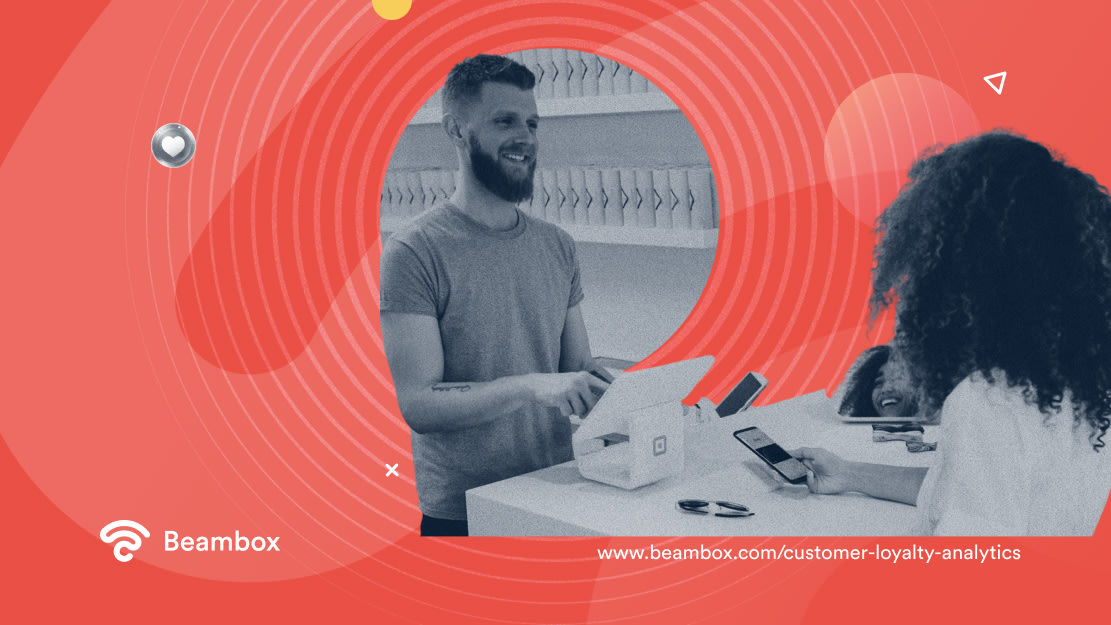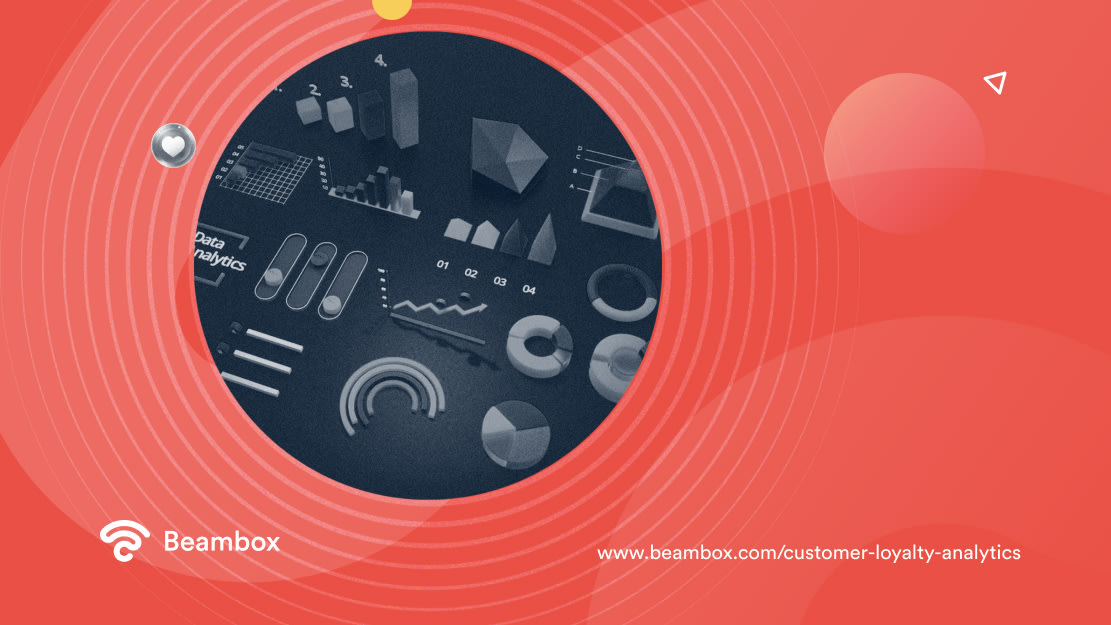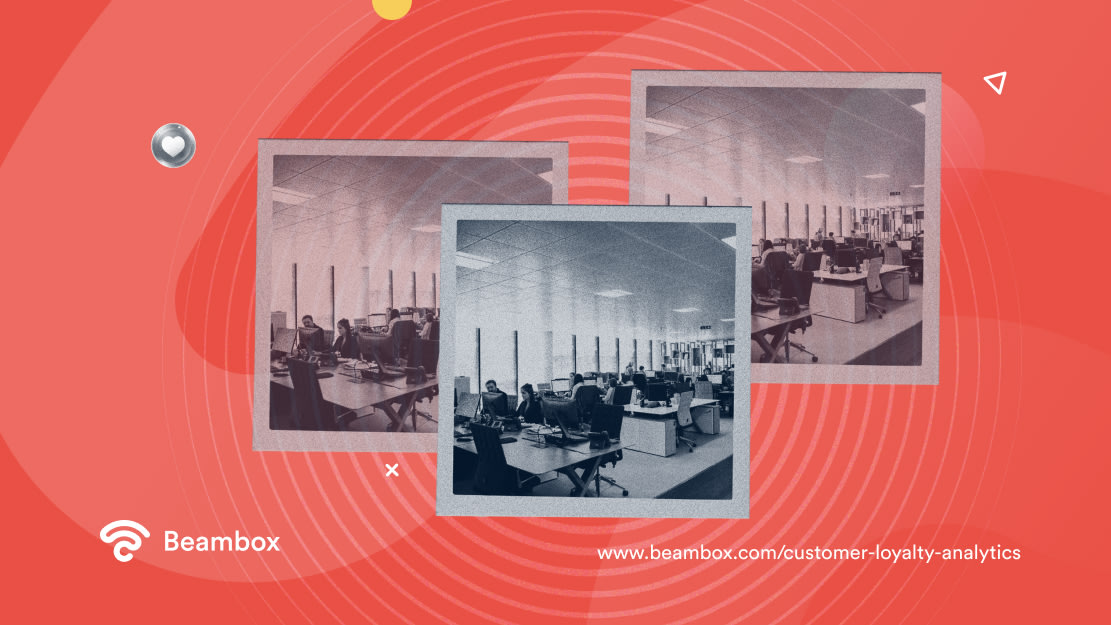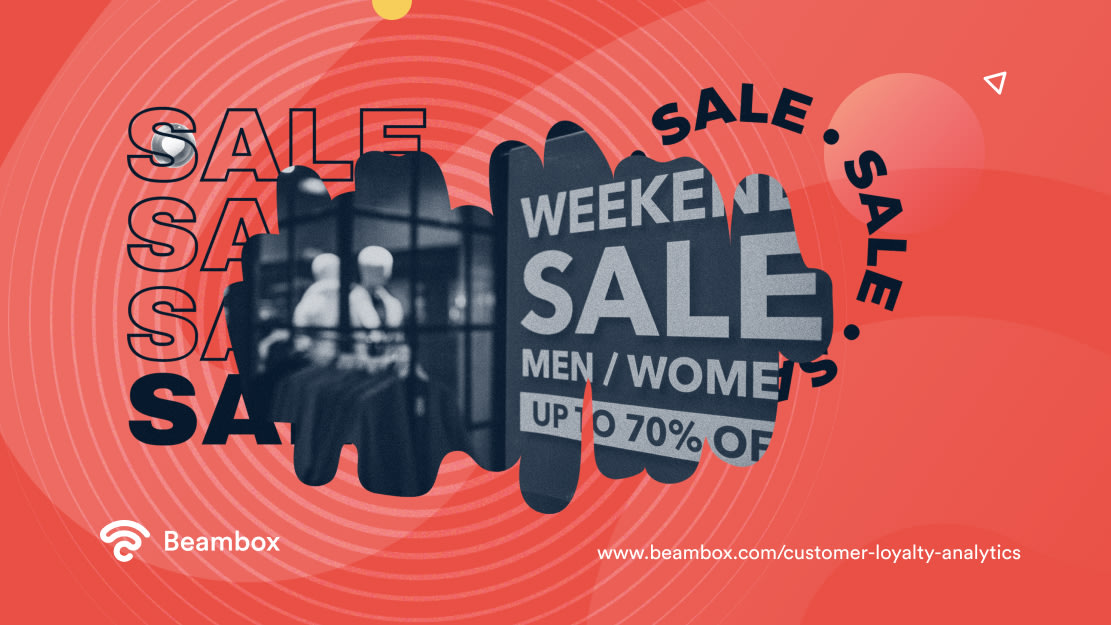Customer Loyalty Analytics: The Data Calculation Guide
Many businesses ignore the importance and power that customer loyalty analytics bring forth. They focus on other goals, like having a strong social media presence. But having insight into customer data and behavior is just as crucial.
The well-collected data will help businesses understand why customers are returning and leaving and how to retain existing customers. Why? Retaining customers is essential for a business to succeed. According to statistics, 65% of a business’ revenue generation comes from existing customers. For this reason, customer loyalty is critical.
Trying to figure out how to obtain customer data may seem stressful. But it’s a breeze with the right tools and team. One common way is to effectively gather data using various tools that provide valuable insights into customer preferences and behaviors. This will allow businesses to tailor their products and services to meet their customers’ needs better. We will discuss all of this in detail.
This article will explain the following:
- What is customer loyalty, and why is it important?
- What is customer loyalty analytics?
- How to analyze, measure, and calculate customer loyalty data analytics?

What Is Customer Loyalty and Why Is It Important?
Many don’t understand what customer loyalty is and why it is important for the success of a business. They believe that if they offer excellent services, they don’t need to gather data to predict their next best step. Unfortunately, most businesses don’t understand that customer loyalty goes deeper than providing good service.
Customer loyalty is about building a relationship with the customer that goes beyond just one transaction. It creates a long-term connection between the customer and the business. This connection can lead to repeat business, also known as customer retention. It also opens the door for potential clients brought in by positive word-of-mouth advertising.
What Is The Difference Between Customer Loyalty and Customer Retention?
One important thing to note is that customer loyalty and customer retention are two separate terms. However, they are commonly confused for being the same thing, even though they are quite different.
Customer retention isn’t relationship-based. It merely calculates the number of times a customer returns to make a purchase. However, customer loyalty goes beyond this transactional spending spree, creating a bond between the client and the business.
Personalized experiences and top-notch customer service can help businesses create emotional connections, trust and client loyalty. Building customer loyalty can lead to long-term success and a competitive advantage in the market.
Confusion frequently occurs because two words arrive right after it: data or analytics. These terms have a similar meaning. Think of data can as a component of analytics. Analytics means analyzing data and statistics to find patterns and provide insight on how a business should expand its revenue. It is common to find both of these words used interchangeably.
Customer loyalty is important for many reasons, and businesses should focus on customer loyalty analytics. Businesses cannot make informed decisions without analytics to understand customer behavior and purchasing patterns. This will have a negative impact on the overall operations because the result will not be a revenue-generating idea.
The Importance of Customer Loyalty Analytics Retail
So the million dollar question is: How does customer loyalty analytics retail impact your business? Here are some reasons why customer loyalty is important for a business:
Boost Brand Image
Loyal customers play the role of promoters. Through word-of-mouth advertising, posting on social media, positive reviews, etc., all these indirect promotions bring in more sales for the business. According to a survey, 90% of people trust those who recommend a business.
Customer Feedback
Loyal customers are more likely to provide valuable feedback and suggestions for improvement. This leads to increased customer satisfaction and loyalty, higher profits, and long-term success.
Spending Spree
They tend to spend more money and are more likely to try new products or services the business offers. Customers are more likely to pay slightly more for a product or service if they’re loyal to that company. (Even if a competitor offers it at a lower price.)
Easy To Convince
It is easier to convince loyal customers to try a new product or service than new ones. A trustworthy relationship means less effort on your part.
Now you know the importance of customer loyalty. From there, you can see why it’s vital to use customer data and analytics so customer retention rate stays high.

What Is Customer Loyalty Analytics?
Customer loyalty analytics is the process of analyzing customer behavior and preferences. With this, businesses can identify patterns which can help to improve customer loyalty. By understanding what drives customer loyalty, businesses can create targeted marketing campaigns and personalized experiences to keep customers returning. Businesses can gain valuable insights into customer behavior with the right analytics tools. With this information, they can make data-driven decisions to drive growth and improve customer satisfaction scores.

5 Ways To Analyze Customer Loyalty Data Analytics
There are numerous ways to measure customer loyalty data analytics. It is important to implement as many of these strategies as possible. Even though it may not be infallible, the data captured can still answer questions revolving around customer loyalty.
Below are some of the common methods that the majority of businesses implement to gather customer loyalty analytics.
Evaluation #1 on How To Measure Customer Loyalty Analytics: Customer Retention Rate
One of the most popular methods to measure customer loyalty analytics is through the customer retention rate. This metric calculates the percentage of returning customers. It helps businesses understand how well they retain their customers and add improvements to enhance the customer experience. A high retention rate indicates a customer is satisfied with the services offered.
Here is an example of calculating the retention rate using a formula.
(( CE - CA ) / CS ) * 100 = % rate of customer retention
CE = customer at the end of the period CA = customer acquired during the period CS = customer at the start of the period
Depending on your needs, you can assign the “period” to be a single month, year, or financial quarter. For our example, we’ll use a month.
Assume that you had 50 customers at the start of the month.
CS = 50
Then let’s say you gain 20 extra customers during this month.
CA = 20
Assume that you lost 10 customers at the end of this month.
CE = 50 + 20 - 10 = 60
Now put all this into the formula to calculate the customer retention rate.
(( 60 - 20 ) / 50) * 100 = 80%
80% is the percentage of customers retained in a month.
Evaluation #2 on How To Measure Customer Loyalty Analytics: Net Promoter Score
The Net Promoter Score (NPS) is another popular method for measuring customer loyalty. Even though the name may sound intimidating, it is simply a survey question. The common question is: How likely will you recommend our product or service to a friend or colleague?
The scale of response is divided into three categories:
- detractors, scoring between 0 and 6
- passives, scoring between 7 and 8
- promoters, scoring between 9 and 10
By subtracting promoters and detractors, one can determine the net promoter score. So if promoters are 60% and detractors are 20%, the NPS is 60 minus 20 = 40. This is a whole number score ranging from -100 to 100.
Evaluation #3 on How To Measure Customer Loyalty Analytics: Repeat Purchase Rate
The repeat purchase rate is a third way to measure customer loyalty. It refers to the percentage of customers who come back again and again. A high repeat purchase reflects customers’ satisfaction. This indicates that their initial experience was good and can lead to a long term business with the company.
The repeat purchase rate is different from customer retention. Customer retention focuses on loyal customers only, whereas repeat purchases target all customers, even if its their second purchase.
The formula for this is: (number of repeated purchases) / (number of total customers), and multiply by 100 to get the percentage. So, for example, in a given month:
Number of repeated purchases: 20 Number of total customers: 200
Repeat purchase rate: ( 20/200 ) * 100 = 10%
Evaluation #4 on How To Measure Customer Loyalty Analytics: Customer Satisfaction Score
Customer satisfaction score is an important measurement that no business should ignore. Customer retention, net promoter score, and other metrics are all related to customer satisfaction. Without this, there’s no word-of-mouth, repeat purchases, or way to retain customers.
The customer satisfaction score is easy to identify and calculate, based solely on the feedback received. Comment cards, survey questions, and reviews on social media are the recommended ways to get feedback directly from customers.
The formula used is: (( Number of positive responses / Total number of responses ) * 100 )
Number of positive responses: 40 Total number of responses: 200
(( 40 / 200 ) * 100 ) = 20%
A low score means that the business lacks customer service or the quality of the products sold.
Customer satisfaction is always fluctuating, so businesses should regularly check the overall score and take appropriate actions.
A business must understand that it is a key metric directly impacting customer loyalty and repeat business. Therefore, businesses need to measure and improve their customer satisfaction levels regularly.
Evaluation #5 on How To Measure Customer Loyalty Analytics: Customer Churn Rate
The customer churn rate measures the percentage of customers who stop doing business with a company over time. By monitoring this, businesses can identify areas where they need to improve their customer experience and retention strategies.
The customer churn rate is the opposite of the customer retention rate. If a business has an excellent retention score, for example, 80%, then the churn rate is 20%. Due to this, they may not focus too much on getting lost customers back. However, it is important to take the customer churn rate seriously. It is important to make an effort to reel in lost customers and make them loyal to the business.

Improve Customer Loyalty Analytics Scores Using Customer Loyalty Programs
A well-designed customer loyalty program relies on customer loyalty analytics. Depending on how much a business scores, it can implement customer loyalty programs to boost customer engagement. If a business’s main issue is customer retention, it can develop loyalty programs to improve this analytics score.
Here are a few strategies that, if executed properly, help maintain a high retention rate and generate steady revenue:
- Send product recommendations to keep customers engaged.
- Introduce on-time promotions based on customers purchasing habits.
- Offer personalized discounts and rewards to customers who frequently make purchases.
- Create a personalized shopping experience.
- Offer loyalty cards that customers can use to earn and redeem points.
Businesses do capture customer loyalty analytics data, but unfortunately, according to them not all measurements are relevant. Some only focus on a few metrics, while others may prioritize one point, such as customer retention.
Suppose you want to make customers happy and improve your overall business revenue. In that case, Beambox is an excellent choice to collect insights and increase loyalty with smart promotions and offers. Learn more and start growing your business.
Get Started With Free WiFi Marketing
Beambox helps businesses like yours grow with data capture, marketing automation and reputation management.
Sign up for 30 days free


